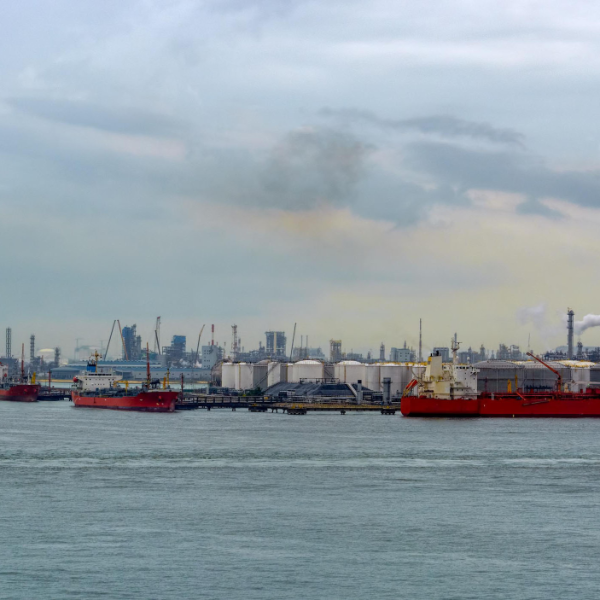Marine Access Channels in the Caspian Sea

Marine Access Channels in the Caspian Sea
The Kashagan Oil field was discovered in 2000 and is located approximately 85 km south of the city of Atyrau in the North Caspian Sea. The field is operated by the North Caspian Operating Company N.V. (NCOC).
To extract the oil, a network of artificial islands - designed by Witteveen+Bos - have been constructed over the years. It consists of a main hub (D-Island) and a number of satellite islands and structures to protect against ice and wave impact. Year on year, incremental decreases in water level have steadily accumulated and are now beginning to disrupt the marine supply chain facilities to existing Offshore NCOC Kashagan. Since 2005 the water level has dropped with more than 1.0 meter.
Marine Access Channels
To mitigate the impact of falling Caspian Sea Level NCOC is looking at options, one of which is the construction of a Marine Access Channel network around the Kashagan field in order to continue to use its existing marine fleet until at least the end of 2024. Witteveen+Bos has been assigned by NCOC to develop the preFEED, the Front End Engineering Design (FEED), Permitting Application Documents, Detailed Design and Technical Tender documents for the MAC project - aiming for the first phase to be operational at the end of 2021. The first phase entails the following aspects:
- a main access channel from deeper waters to the main processing unit (D-island) of approximately 32 kilometers long;
- Infield channels which will allow access from D-island to the four satellite islands (EPC2, EPC3, APC4 and A-island) with a combined length of 20 kilometers.
Ice management
One of the bigger design challenges is that the North Caspian Sea is completely frozen during winter. Nevertheless, a sufficient level of logistic services is still required to support operations during this period. This requires that the channels must allow to perform ice management activities within the man-made channels to clear the channels from accumulated ice formations. This is something not seen in many other parts of the world and therefore limited references are available. Witteveen+Bos is collaborating with Iceman.kz for ice data processing and Richard McKenna for ice modelling to assess the impact of ice on the design. To improve the operational availability of the channels the lay-out of the channels is amongst others based on a historical review of locations vulnerable to accumulated ice formations. In addition, dredged material is strategically placed around the channels to provide some protection against the occurrence of ice events along the channels.
More information?
